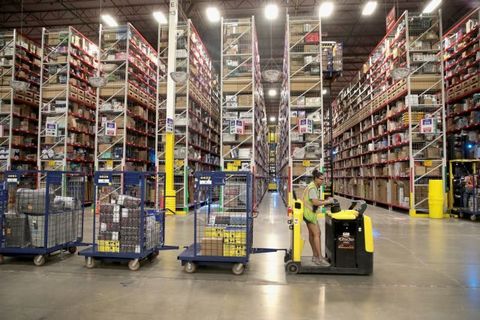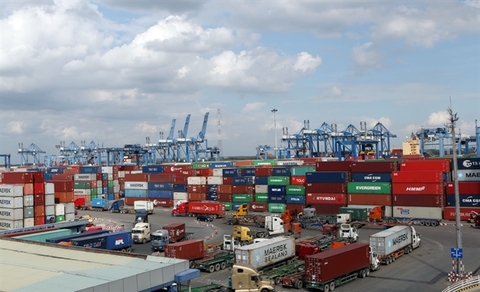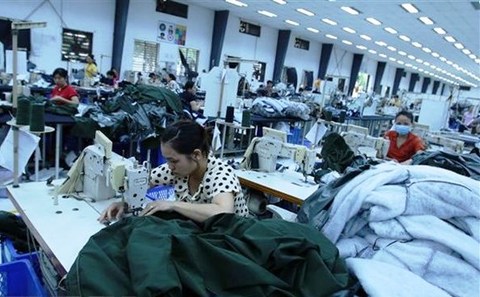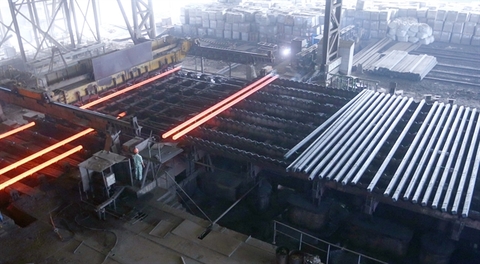Guiding light for next-gen FDI strategy
Guiding light for next-gen FDI strategy
Vietnam has enacted orientations for its new landmark foreign direct investment attraction strategy towards 2030, enabling overseas investors to make the next steps for future development, heralding a new wave of foreign investment into the country.

On August 20, the Politburo issued Resolution No.50-NQ-TW on orientations to perfect institutions and policies to enhance the quality and efficiency of foreign investment co-operation through 2030.
Under the resolution, Vietnam will attract foreign direct investment (FDI) in a more selective manner, focusing on efficiency, technology, and environmental protection. Thus, the country will give priority to projects having advanced and new technology, modern governance, high added value, and wide links with global production and supply chains.
NEW ORIENTATIONS AND TARGETS
Under the resolution, the country will further diversify investment co-operation modes and promote links between foreign-invested and domestic private enterprises in line with the country’s economic restructuring and sustainable development agenda towards increasing the self-reliance of the local economy.
Generally, the country will remove barriers existing in the current policies on FDI attraction and related laws to improve the business climate and national competitiveness towards reaching the average indicators of the ASEAN-4 group (Singapore, Malaysia, Thailand, and the Philippines) by 2021 and the ASEAN-3 group (Singapore, Malaysia, and Thailand) by 2030.
In particular, Vietnam targets luring in $150-200 billion worth of total registered FDI in the 2021-2025 period, or $30-40 billion a year. In this period, disbursed FDI will be $100-150 billion, or $20-30 billion annually.
In the 2026-2030 period, the total registered FDI will be $200-300 billion, or $40-50 billion yearly. The disbursed capital will total at $150-200 billion, or $30-40 billion a year.
The number of enterprises using advanced and environmentally friendly technology as well as having modern governance and plans for high-tech application is set to rise by 50 per cent by 2025 and by 100 per cent by 2030 against 2018 benchmarks. The localisation rate is set to increase to 30 per cent by 2025 and 40 per cent by 2030 from the current 20-25 per cent, while the trained workforce will ascend to 70 per cent (2025) and 80 per cent (2030) of the total workforce, from the 56 per cent measured in 2017.
To meet the targets, Vietnam will focus on completing and synchronising the prevailing laws on investment, securities, and foreign currency management. Additionally, the country will build a list of sectors restricted for foreign investment in line with its international commitments, and set the criteria to select and prioritise investment in line with the planning and development orientations of each sector and region.
Vietnam will also renew its investment incentive policies and add new ones for profitable businesses performing their commitments and for specific sectors. This is particularly true for important high-tech projects by multinational corporations who will see unparalleled incentives to set up research and development bases or innovation centres in Vietnam.
In addition, investment incentives will be crafted for foreign investment in infrastructure development in the northern mountainous, Central Highlands, and Mekong Delta regions. At the same time, relevant authorities will draft and complete policies on investment in economic zones, industrial parks, hi-tech parks, and hi-tech agriculture parks, creating attractive, customised incentive packages for each one.
The country will also focus on improving and completing the policy framework for supporting industries and startups, thus enabling them to better connect with international groups and improving their capacity to apply technology and join global value chains.
Another priority will be the issuance of policies to encourage the public-private partnership model and mergers and acquisitions involving international investors.
With the resolution, Vietnam will say no to proposals to expand or extend the operations of projects using out-of-date technology that constitute risk to the environment or waste natural resources. Projects where there is a high possibility of transfer pricing or illegal investment will be dealt with comprehensively.
To this end, the country will complete the policies safeguarding foreign investors’ interests and outlining their responsibilities and obligations in line with international commitments and practices. It will also clarify and fine-tune rules on investment management and supervision as well as the prevention and settlement of investment disputes.
As scheduled, a new FDI attraction strategy will be enacted soon, based on the spirit of Resolution 50 (see box).
The resolution and the strategy came amid changing global trends, with the wide influence of the Fourth Industrial Revolution, a rise in protectionism, stiffening regional competition, and the development of new investment modes, while low salaries will no longer be an advantage.
“Vietnam aims to attract high-quality FDI and use it more effectively to approach new and advanced technologies and innovations, increasing its footprint in the global value chains, thus contributing to increasing the country’s competitiveness and fostering economic restructuring in line with the changes to the growth model,” said Vu Dai Thang, Deputy Minister of Planning and Investment.
NEW HOPE
Industry insiders said that when the new strategy is in play, Vietnam is possibly set to see an increase in FDI inflows, especially from big players including Japan, South Korea, Singapore, the EU, and the United States. Recently, these partners have made bold moves in preparation for the new development period.
In a fresh development, a group of members of the European Chamber of Commerce in Vietnam last week gathered to learn about business and investment opportunities to broaden in the Southeast Asian nation amidst the US-China tensions. Meanwhile, Japanese, South Korean, and US investors are also making similar moves.
“Italian investors have performed well in the country for years. We expect that more Italian investment will be pumped into Vietnam in the future with involvement and support from giant funders,” Pham Hoang Hai, executive director of the Italian Chamber of Commerce in Vietnam, told VIR.
According to the latest report of Singapore’s United Overseas Bank, ASEAN countries, particularly Vietnam and Malaysia, will be the most popular destinations of multinational investors relocating operations.
Corresponding to the accelerating FDI inflows, new FDI activities in Vietnam have also been very reassuring, with 2019 likely to be on track to be the best year on record, based on current run rates. In the year to July, Vietnam attracted 2,064 new foreign-invested projects, which is 25 per cent higher than in the same period in 2018, which itself was already a record year, according to the report.

















